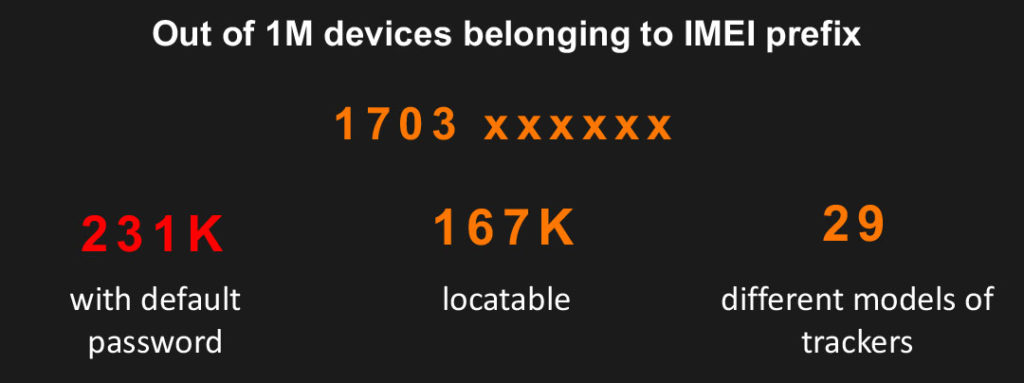To the surprise of Windows watchers, the latest Windows 7 “security-only” update includes telemetry. The telemetry in question is Microsoft’s “Compatibility Appraiser,” which checks PCs for problems that could prevent upgrading to Windows 10.
As Woody Leonhard points out on Computerworld, this is pretty odd on Microsoft’s part—the telemetry code was previously available and is probably installed on your system already if you use Windows 7. But, it was restricted to the normal “cumulative” update rollups. As Ed Bott explains on ZDNet:
What was surprising about this month’s Security-only update, formally titled the “July 9, 2019—KB4507456 (Security-only update),” is that it bundled the Compatibility Appraiser, KB2952664, which is designed to identify issues that could prevent a Windows 7 PC from updating to Windows 10.
It’s hard to say exactly why Microsoft is trying to install the telemetry on all Windows 7 PCs now, but extended support for Windows 7 expires on January 14, 2020. Windows 7 users don’t have much time left before they should upgrade—just six months. Windows 7 is already nagging users about updates. Microsoft may want to understand how many Windows 7 machines are left in the wild and whether they have compatibility problems with new software.
When Ed Bott asked Microsoft why it added the telemetry code to this update, he received a “no comment.” As usual, Microsoft is making itself look bad by refusing to be transparent and explain what it’s doing. The security update doesn’t seem to bundle any code for upgrading to Windows 10.
We still always recommend installing security patches for your PC. After installation, you can stop the telemetry from running, if you like. As abbodi86 advises on the Ask Woody forums:
Disabling (or deleting) these scheduled tasks after installation (before reboot) should be enough to turn off the appraiser
\Microsoft\Windows\Application Experience\ProgramDataUpdater
\Microsoft\Windows\Application Experience\Microsoft Compatibility Appraiser
\Microsoft\Windows\Application Experience\AitAgentIf you don’t want this code running. head to the Task Scheduler and disable these scheduled tasks. If you disable them before a reboot after running the update, they won’t even run once.
Source: Windows 7’s July 2019 Security Patch Includes Telemetry



